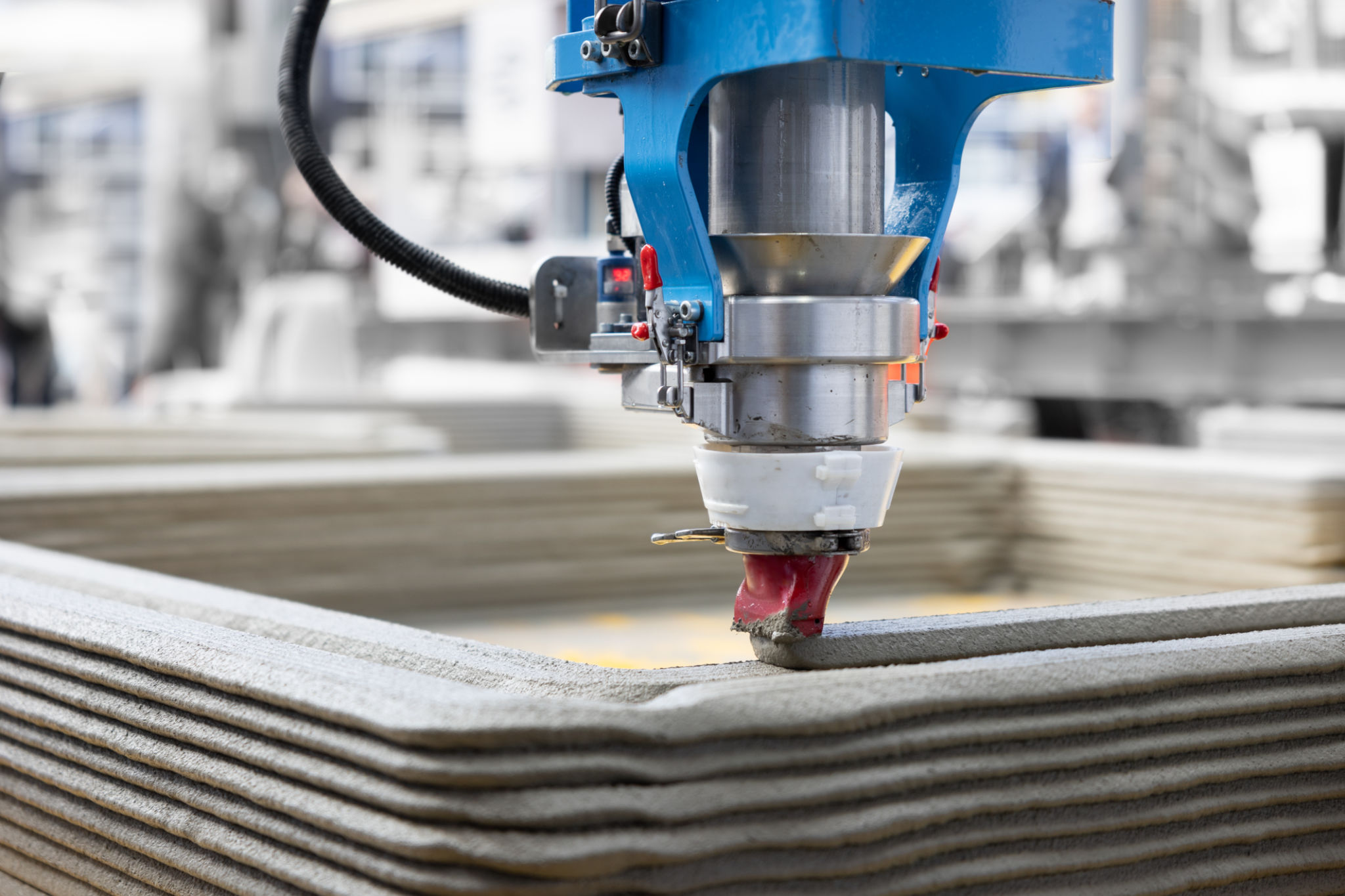Case Study: Success with Automotive 3D Printing Solutions
Introduction to Automotive 3D Printing
The automotive industry is undergoing a revolutionary transformation, thanks to the advent of 3D printing technology. This innovative approach has enabled manufacturers to improve efficiency, reduce costs, and enhance product customization. In this case study, we explore how automotive 3D printing solutions have driven success for companies in the industry.

The Benefits of 3D Printing in Automotive Manufacturing
The application of 3D printing in automotive manufacturing offers numerous advantages. One of the primary benefits is the **reduction in production costs**. By using additive manufacturing techniques, companies can minimize material waste and streamline production processes. Additionally, 3D printing allows for rapid prototyping, enabling manufacturers to test and refine designs quickly.
Another significant advantage is the ability to create complex geometries that would be difficult or impossible with traditional manufacturing methods. This capability opens up new possibilities for design innovation and performance enhancement in vehicles.
Customization and Personalization
3D printing also empowers automotive manufacturers to offer greater customization and personalization options to consumers. By leveraging this technology, companies can produce tailored components that cater to individual preferences, thereby enhancing customer satisfaction and brand loyalty.

Case Study: A Leading Manufacturer's Journey
One notable example of success with automotive 3D printing is the journey of a leading car manufacturer that integrated this technology into their production line. By embracing 3D printing, they were able to reduce development times by 30%, translating into significant cost savings and faster time-to-market for new models.
The company focused on producing lightweight components, which contributed to improved fuel efficiency and reduced emissions—a growing concern for environmentally-conscious consumers. This strategic move not only enhanced their market competitiveness but also aligned with global sustainability goals.
Challenges and Solutions
Despite the numerous benefits, the integration of 3D printing technology in automotive manufacturing is not without challenges. The company faced initial hurdles such as **equipment costs** and the need for skilled technicians to operate advanced machinery. However, by investing in workforce training programs and forming strategic partnerships with technology providers, they successfully overcame these obstacles.

The Future of Automotive 3D Printing
As the automotive industry continues to evolve, the role of 3D printing is expected to expand further. Future advancements in materials and printing techniques will likely lead to even greater efficiencies and capabilities. This progression will enable manufacturers to push the boundaries of innovation and continue delivering cutting-edge vehicles.
Moreover, as consumer demand for sustainable practices grows, 3D printing will play a pivotal role in developing eco-friendly solutions. By optimizing resource use and enabling circular manufacturing processes, this technology holds the potential to significantly reduce the industry's environmental footprint.
Conclusion
The integration of 3D printing in the automotive sector has proven to be a game-changer, offering numerous benefits from cost reduction to enhanced design possibilities. As demonstrated by the success of leading manufacturers, this technology is reshaping the landscape of automotive manufacturing, paving the way for a more innovative and sustainable future.